Naomi Uman is a woman of many talents, but drawing is not one of them. “I always knew that I was an artist, but I can’t and I couldn’t draw realistically,” Uman said during a phone interview from New York where she was visiting her mother. And so, rather than pursuing a career as a painter, she became a chef. Cooking in the kitchens of society fixtures like Gloria Vanderbilt and Malcolm Forbes, Uman carved out a fine, if unfulfilling, career for herself. “Eventually, watching all of my creations being consumed became frustrating.”
In time, Uman cast off her oven mitts and chef’s knives and traded them in for a camera. She wound up in a film class taught by John Hanhardt, the longtime curator of film at the Whitney and later the Guggenheim. Hanhardt screened Thomas Edison’s short film “Annabelle Serpentine Dance” for the class, and it was like a lightbulb went off in Uman’s head. “I suddenly realized that I could be an artist without having to draw,” said Uman.
With a little help from Hanhardt’s young teacher’s assistant, James Mangold, now more famous than his mentor for directing such hits as “Girl, Interrupted,” “Walk the Line” and “3:10 to Yuma,” Uman set out with a 16mm camera and made her first films. After viewing her work, Hanhardt suggested Uman apply to CalArts to study film, and she did. So began the new chapter in Uman’s life.
Uman’s thesis at CalArts was a film called “Leche,” which followed the working lives of immigrants. She followed that up with “Mala Leche,” which more closely, and critically, examined the lives of an immigrant family. Some viewers were not happy with Uman’s film. “Who are you to have made a film about immigrants?” they asked her. “You don’t know what it is to be an immigrant.”
While many people would have taken the criticism, digested it and moved on, Uman was determined to take it to heart. The only way to understand being an immigrant was to be an immigrant herself. What better place to experience life as an immigrant, she thought, than in Ukraine, the land of her ancestors?

Naomi Uman
“I never heard the name ‘Ukrainian’ mentioned in my family,” said Uman. Jewish, Russian — but not Ukrainian. Uman packed up her bags and her camera and journeyed overseas.
“I went there to provoke an experience, to provoke a reaction in myself,” Uman said of her move. “I knew that I would have a very intense experience and that films would grow out of that experience.”
The first was “Kalendar,” a richly detailed, 16mm film showing a year in Ukraine through images of peasants, foliage and stark, arresting landscapes. “My films are simply a vehicle for me to have an interesting life,” Uman said.
While she found Ukraine fascinating, the transition to living abroad wasn’t easy. “I looked different, I sounded different, I have a full-body tattoo — which indicates having done jail time in Ukraine,” she said. “Xenophobia was really problematic for me.”
Uman also struggled with Ukraine’s somewhat repressive society and conservative social nature. Even her well-traveled, highly educated language teacher was quick to tell her “that there are no gay people in Ukraine.”
Despite her early struggles, Uman soon found herself settling into life in her adopted country. She moved into a small house in the country, nearby her namesake town of Uman. The “warmth and welcoming” of the village women touched her, and they play prominent roles in her “Videodiary 2-1-2006 to Present.”
Also playing a prominent role in the video diary are the Breslov Chasidim, followers of the firebrand Chasidic master Rebbe Nachman of Breslov, whose grave is located in Uman. Breslovers make a yearly pilgrimage to Uman to visit the grave of their Rebbe — he was never replaced by a successor and is still considered the leader of the sect, despite being dead for 200 years.
Uman’s interactions with the Chasidim are often filled with tension. It’s telling that the greatest sense of physical danger in her film comes not when she’s taken in for questioning by the Ukrainian police for cross-dressing, but when she attempts to film some gun-toting Chasids on their pilgrimage to Nachman’s grave.

Uman worries about the effect the Breslovers have on the people of Ukraine. “This return of Jews is generating so much anti-Semitism, because it’s a return of Jews who aren’t culturally sensitive to cultures other than their own,” she said. She tries to be an ambassador to the locals, showing them that there’s a wide variety of Jews in the world, and that not all of them are like the Nachman pilgrims.
Uman’s video diary, unlike “Kalendar,” is a much more raw and revealing work. “It’s about this idea of opening oneself up and being vulnerable … open to loving what might be hateful.” It also includes images Uman would have cut from most other projects, including numerous shots of her feet.
“I don’t like those feet anymore, I wish they weren’t in there … but I really wanted it to be a diary, and in a diary you don’t go back and erase part of your entry.”
Uman’s films about her time in Ukraine will be screening at REDCAT, CalArts’ downtown center for innovative visual, performing and media arts, on Dec. 12 at 8:30 p.m. The artist will attend the screening. For more information, visit redcat.org or call the REDCAT box office at (213) 237-2800.






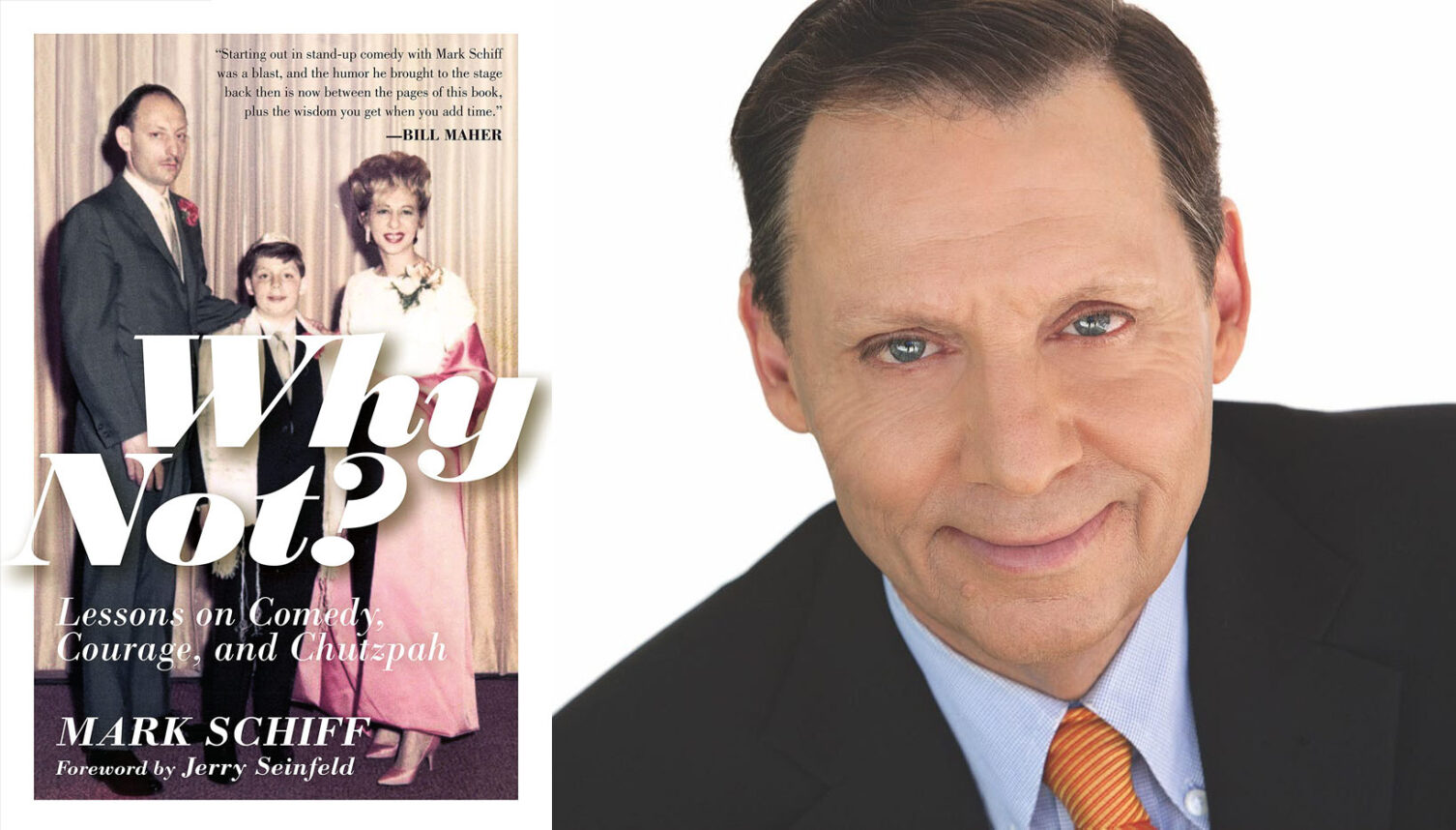
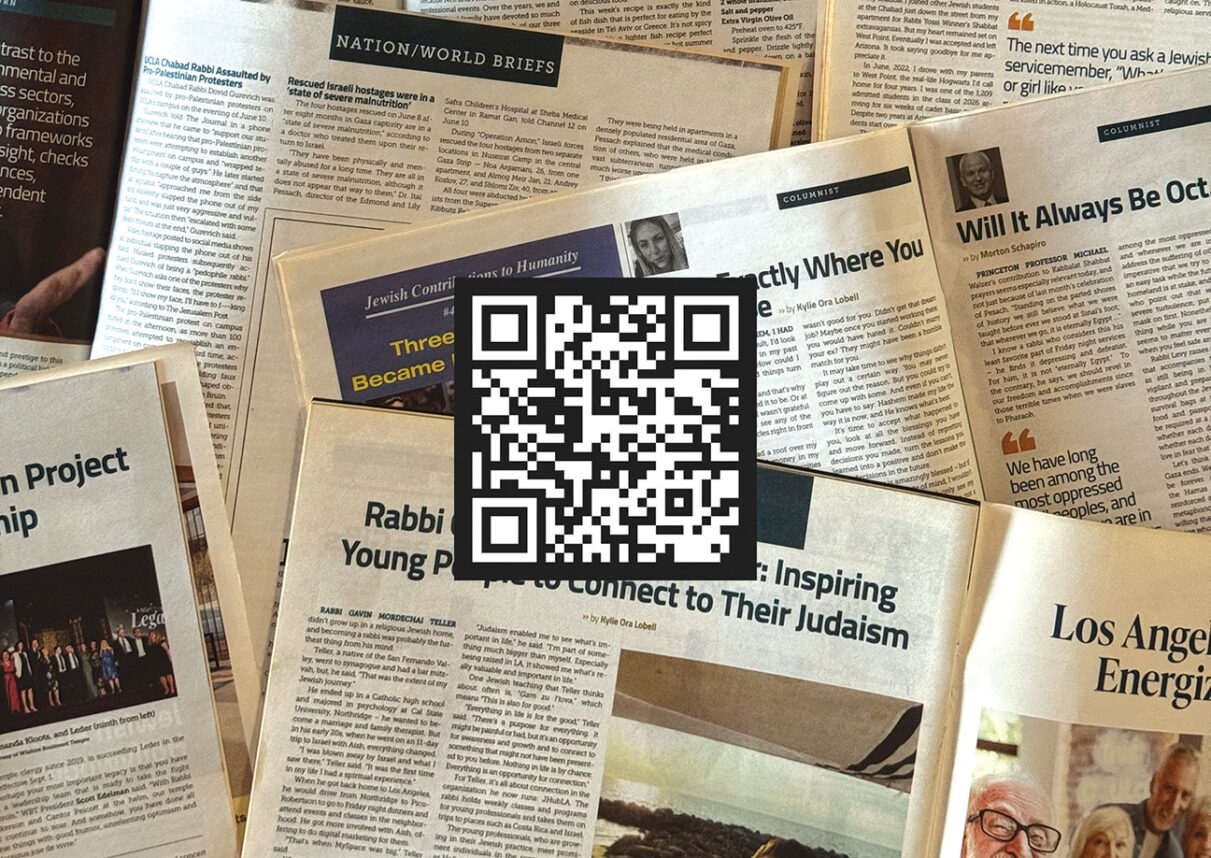
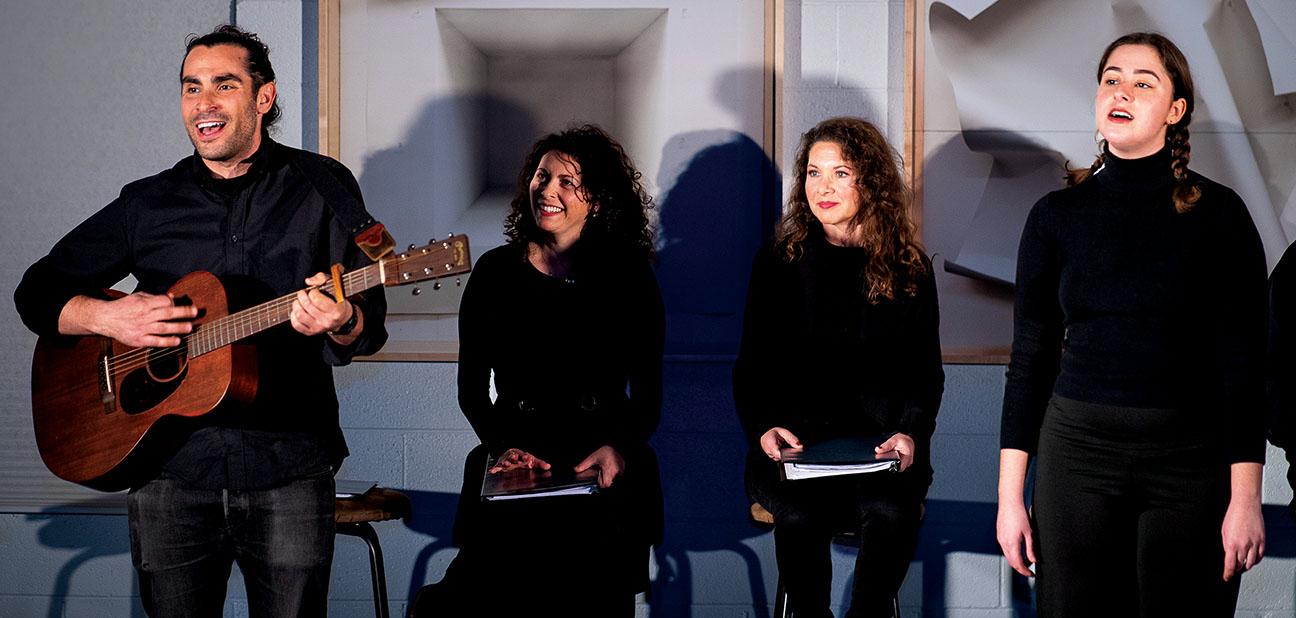

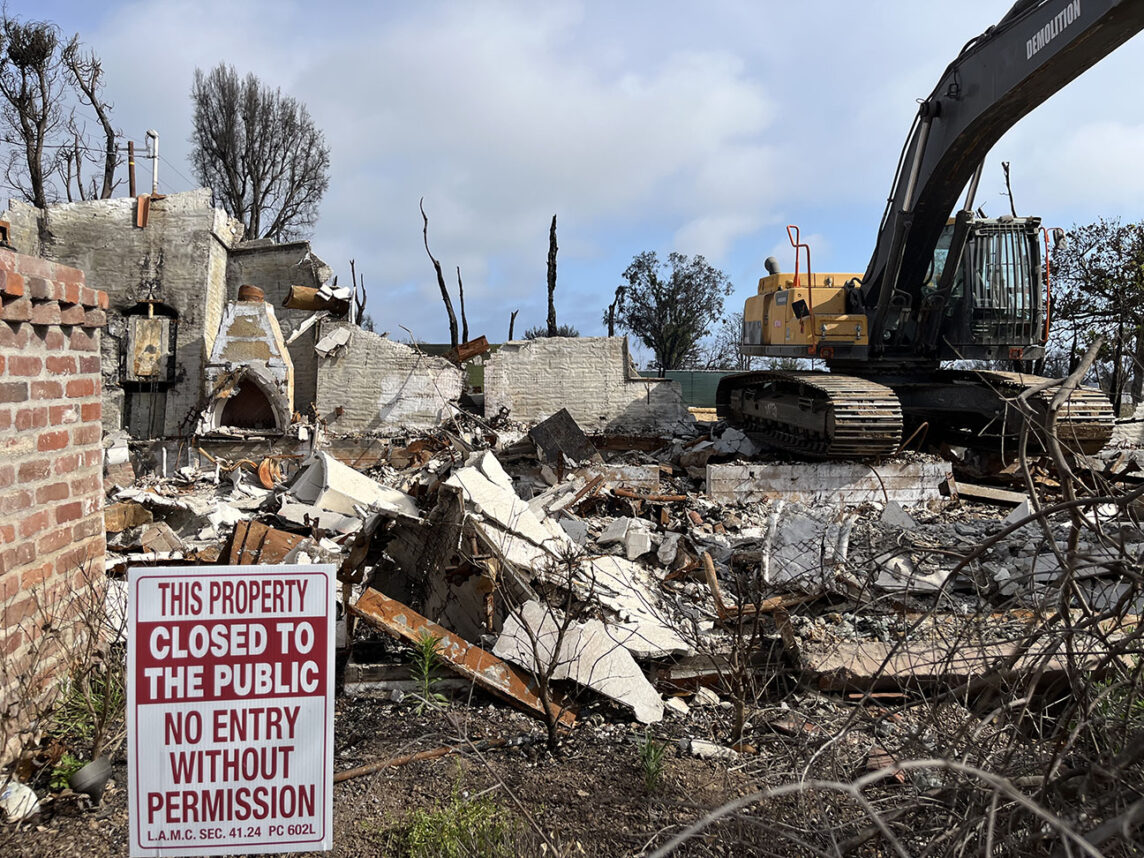
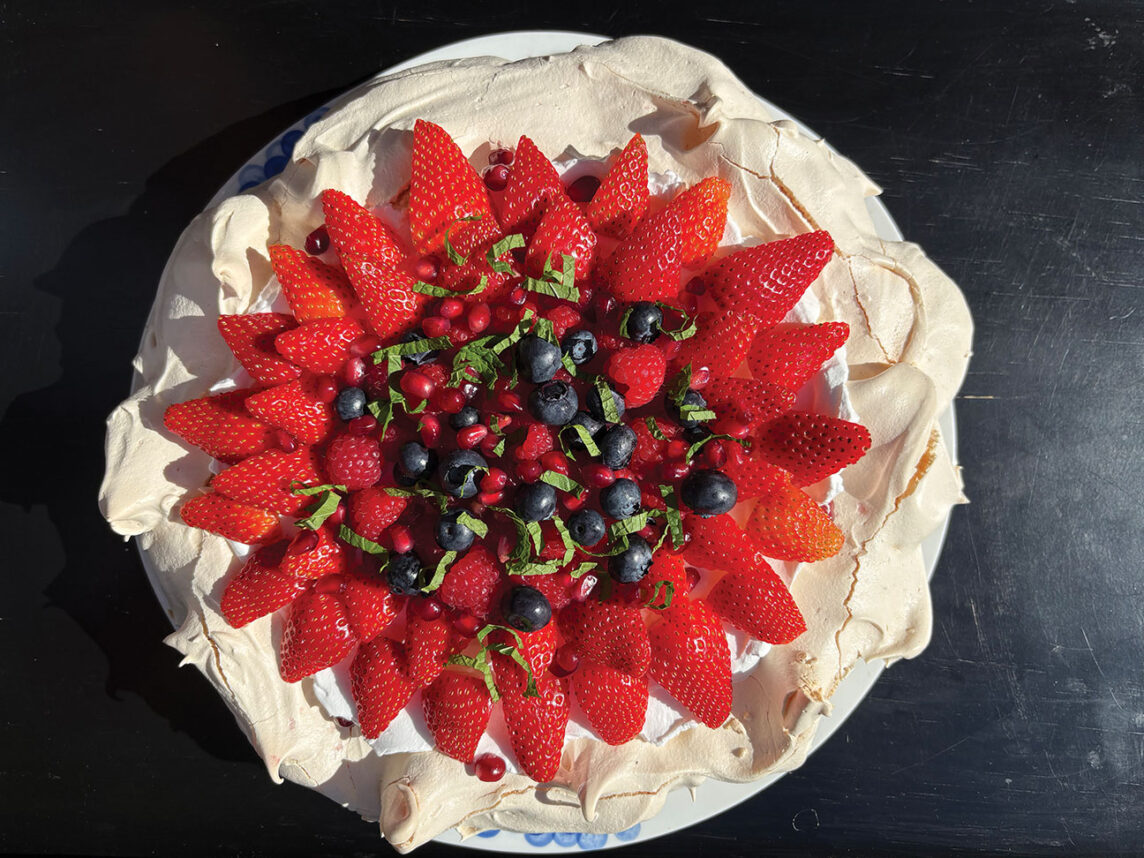
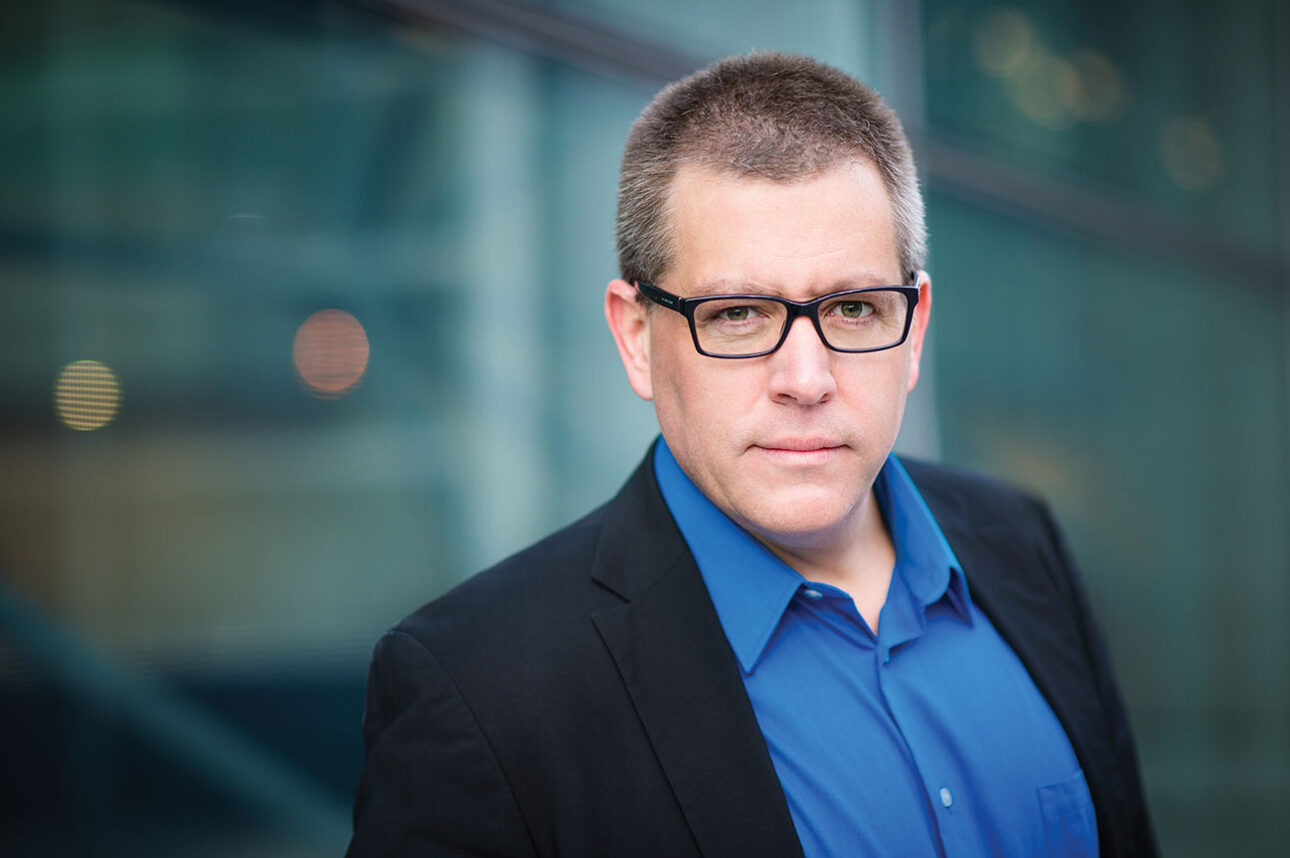
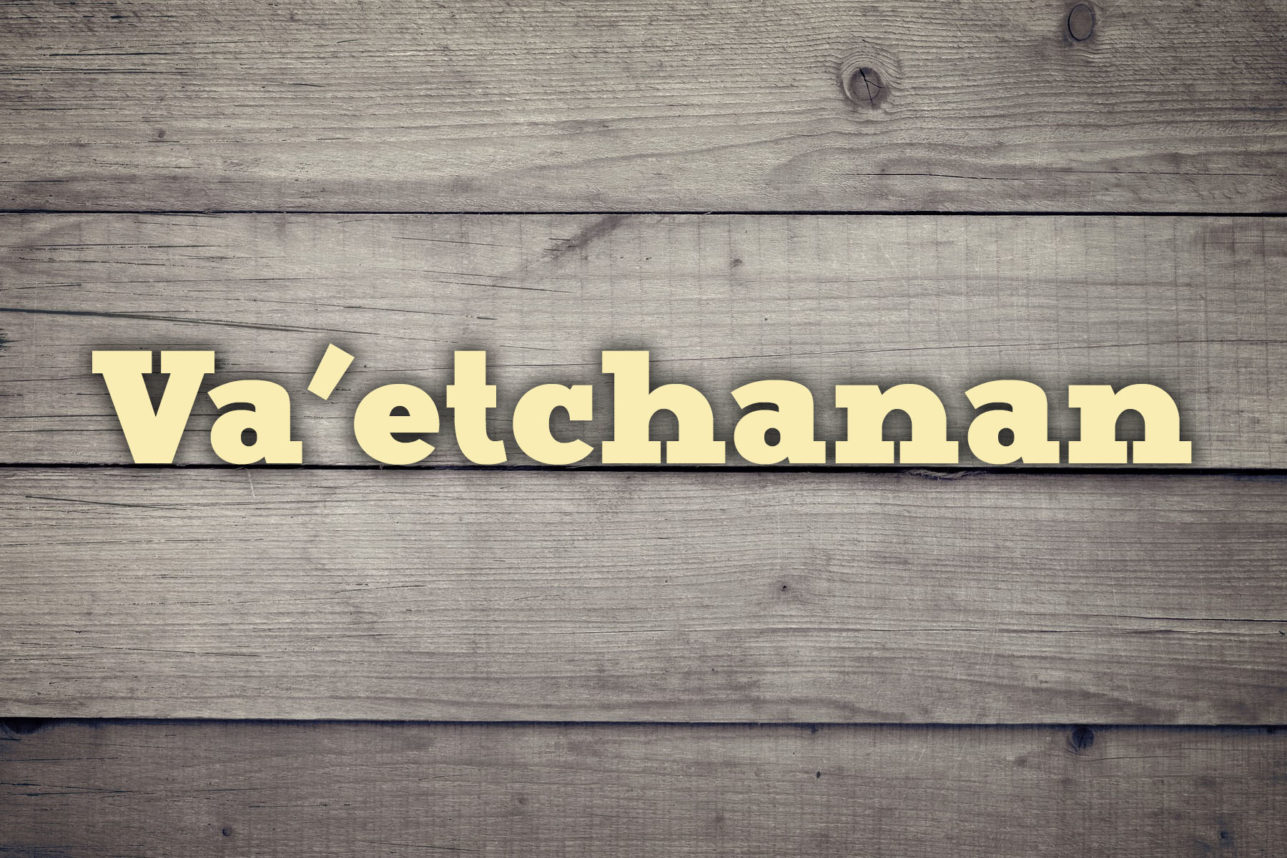
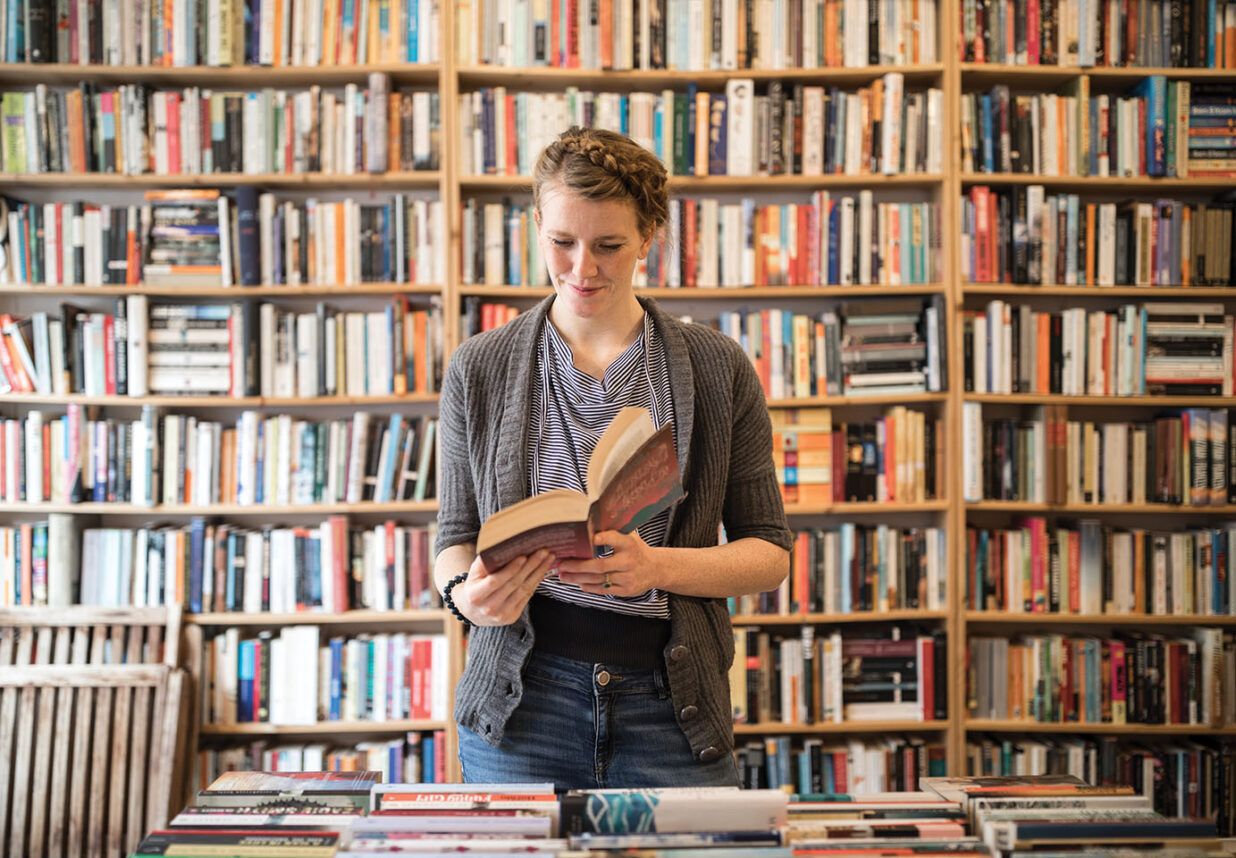


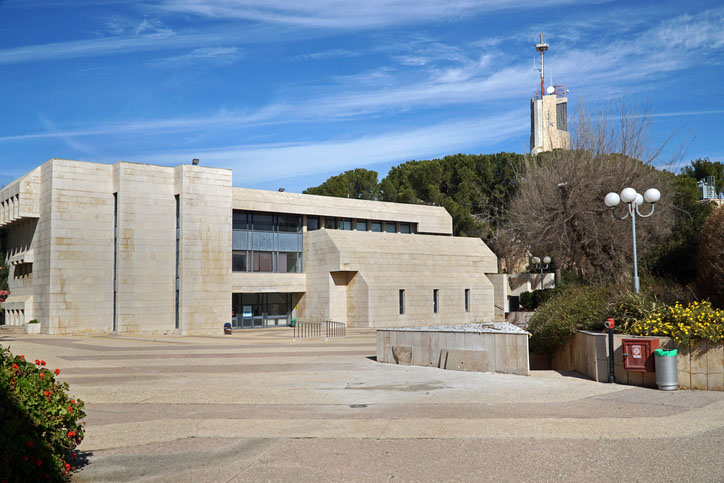
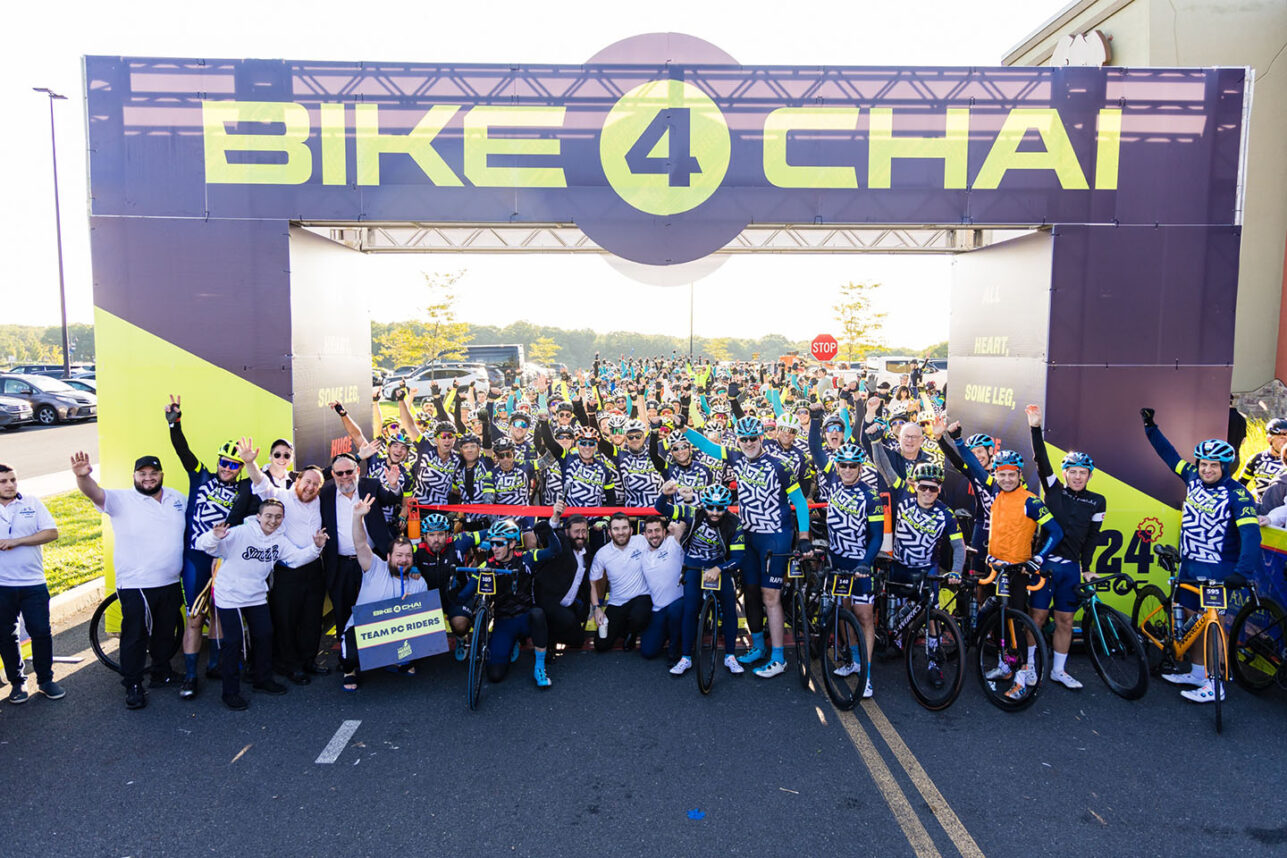
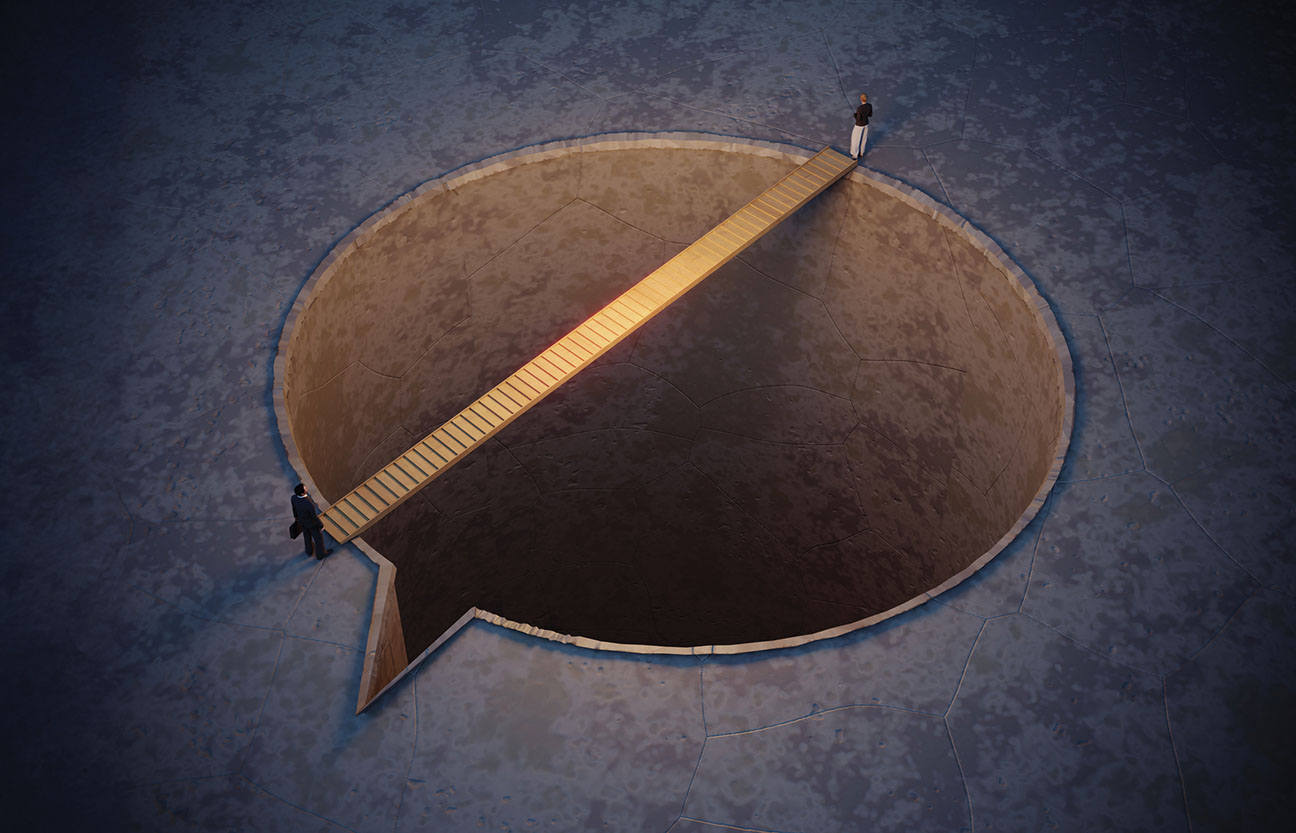
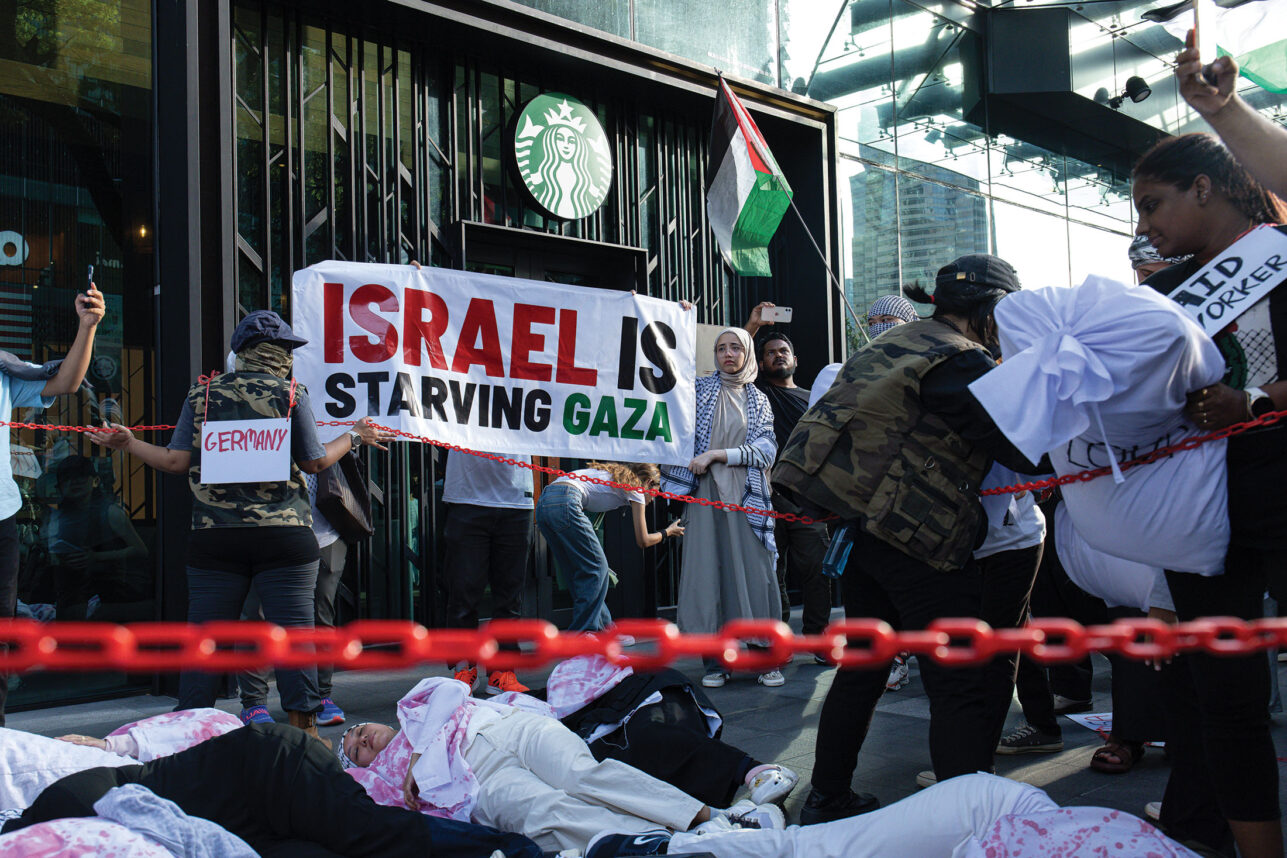


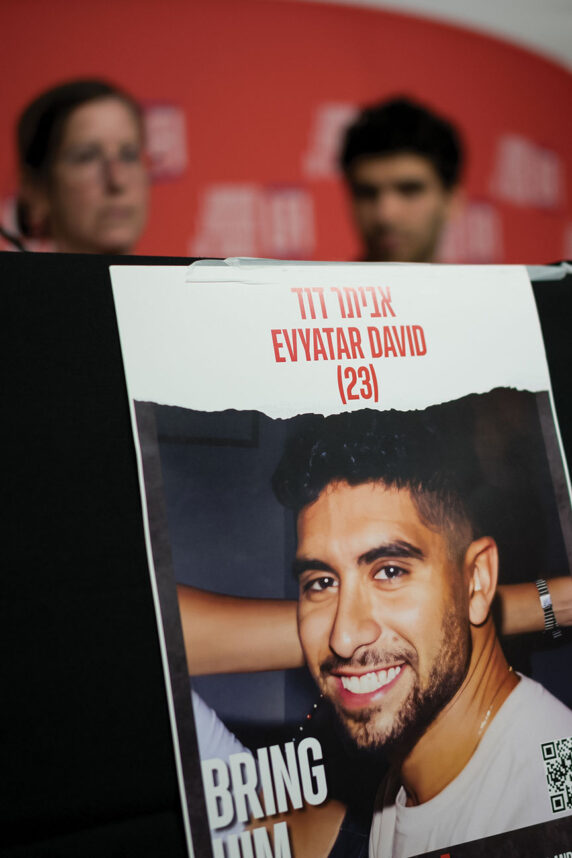
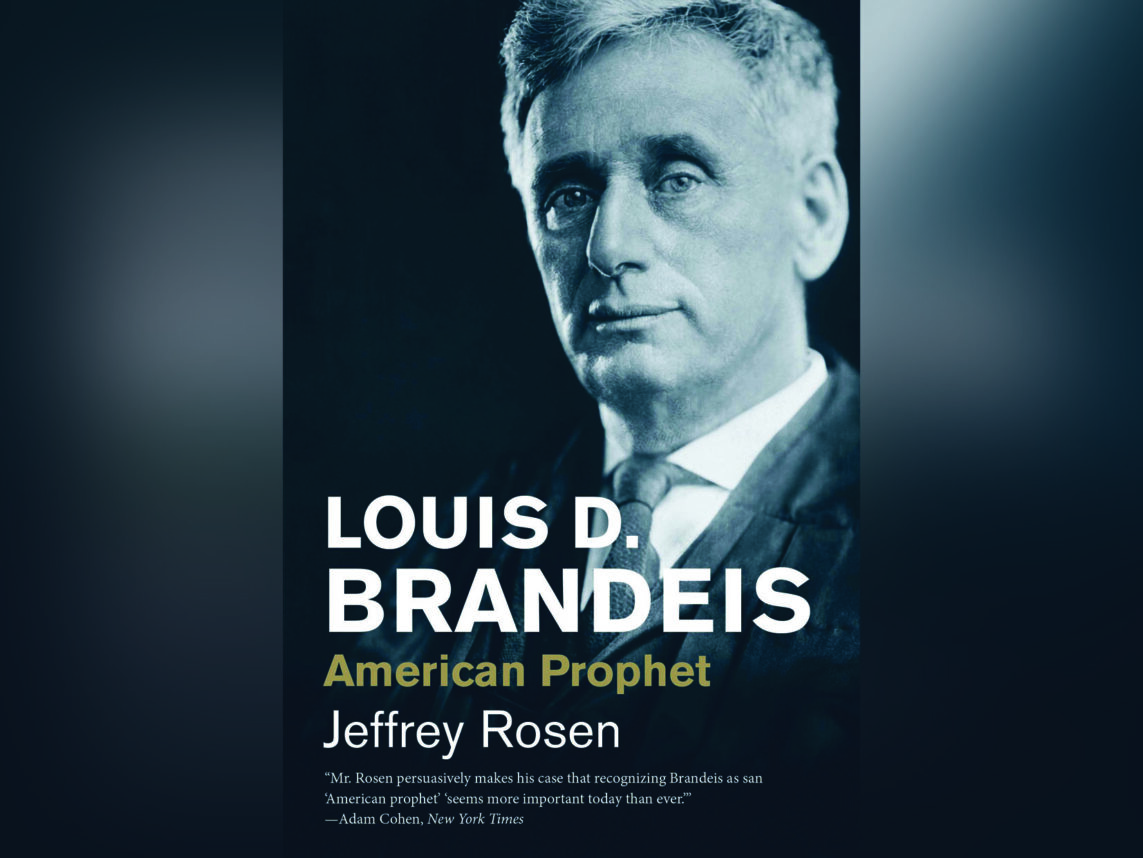
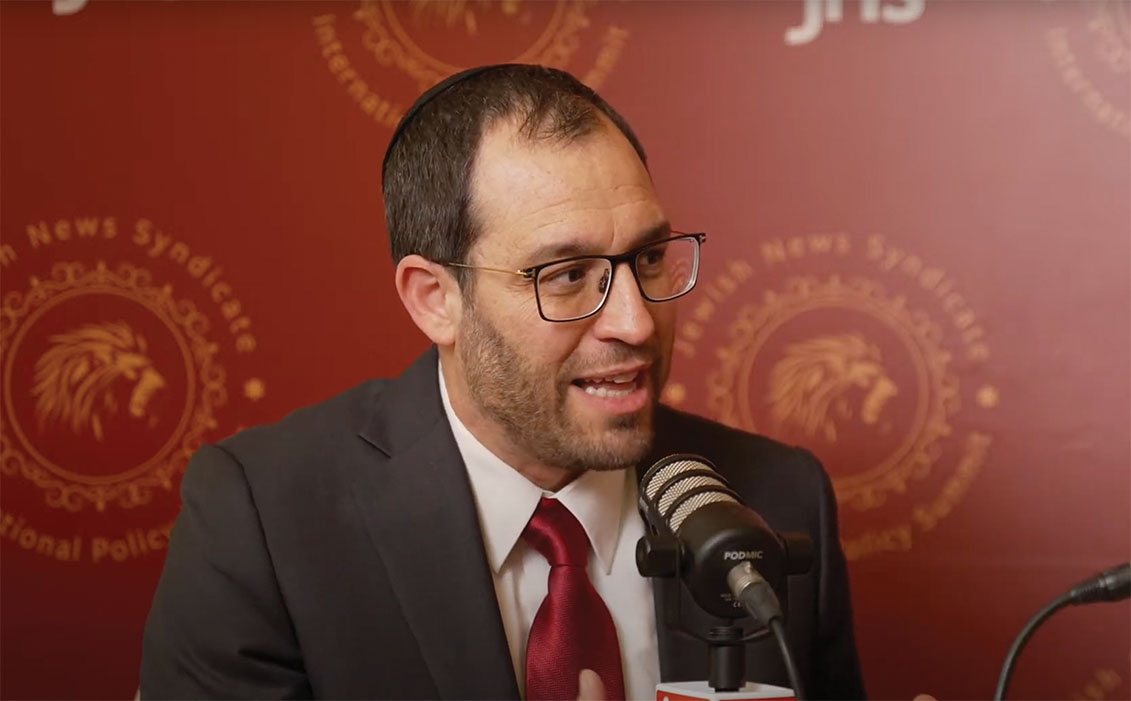

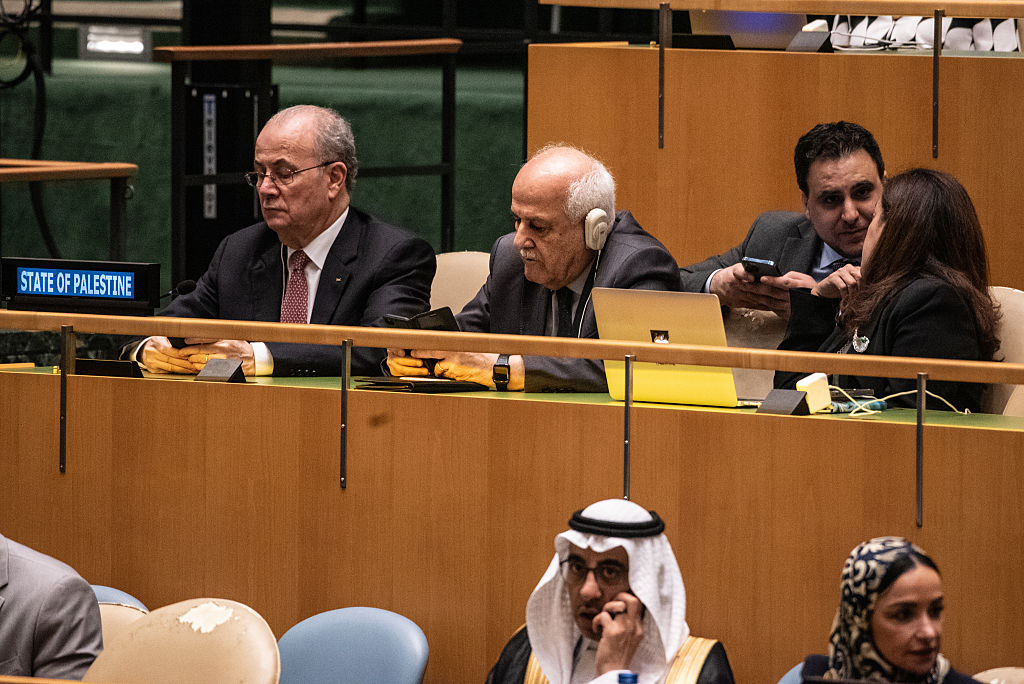


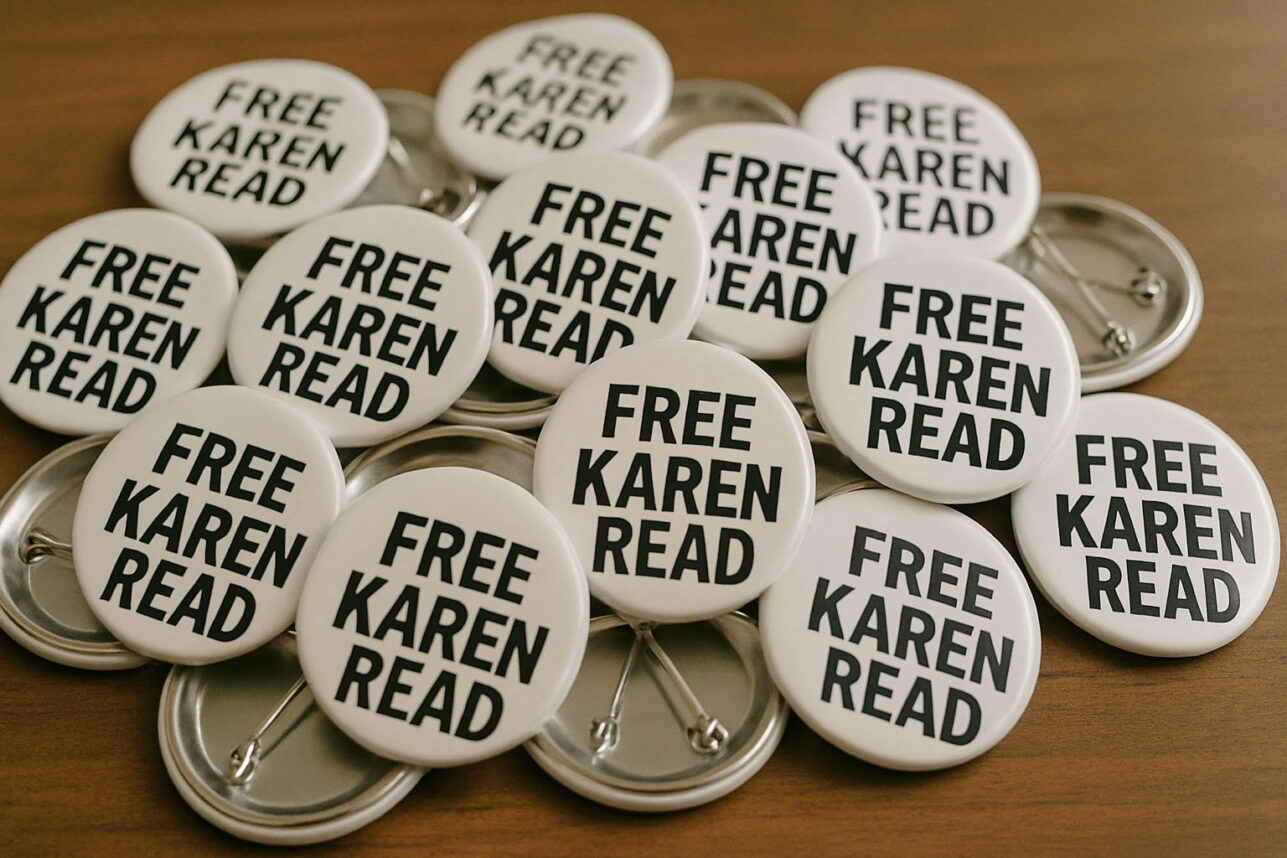
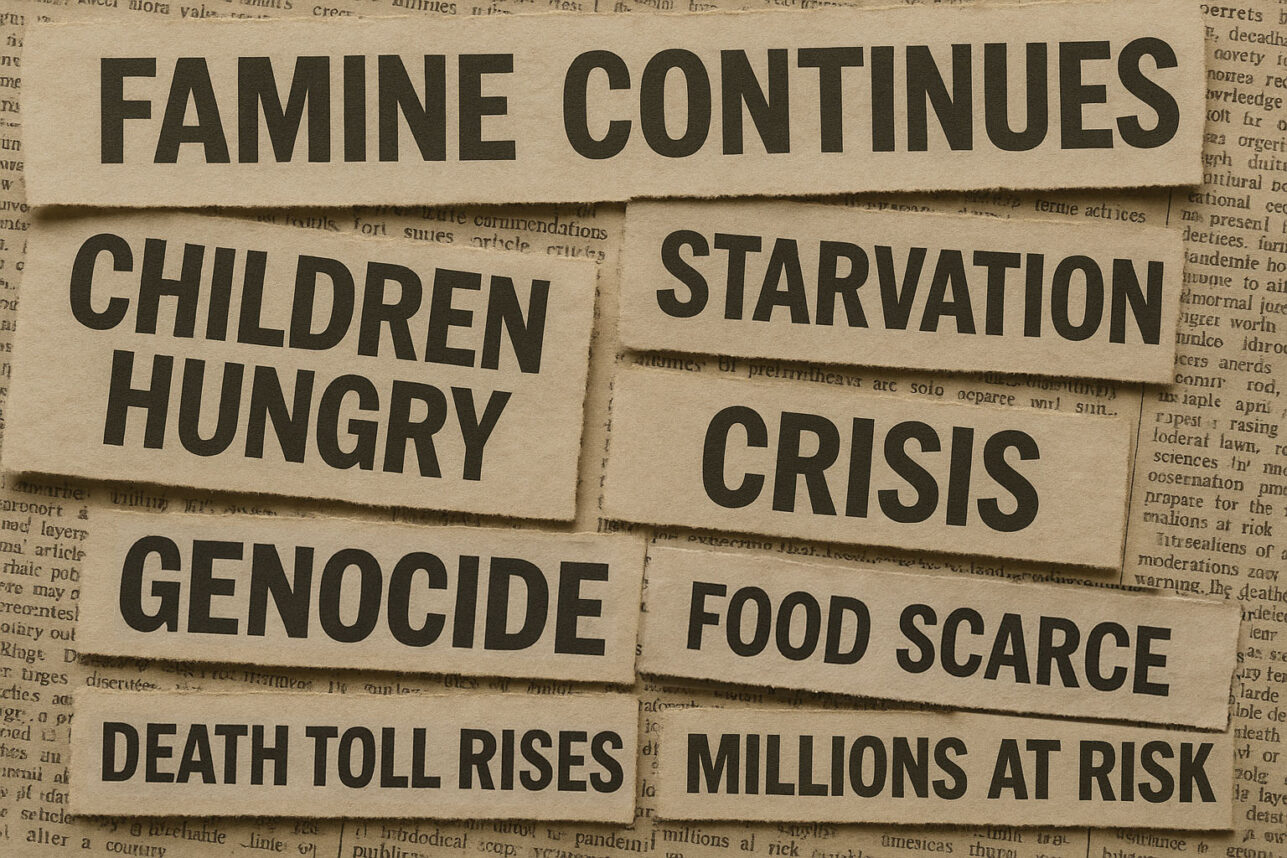

 More news and opinions than at a Shabbat dinner, right in your inbox.
More news and opinions than at a Shabbat dinner, right in your inbox.